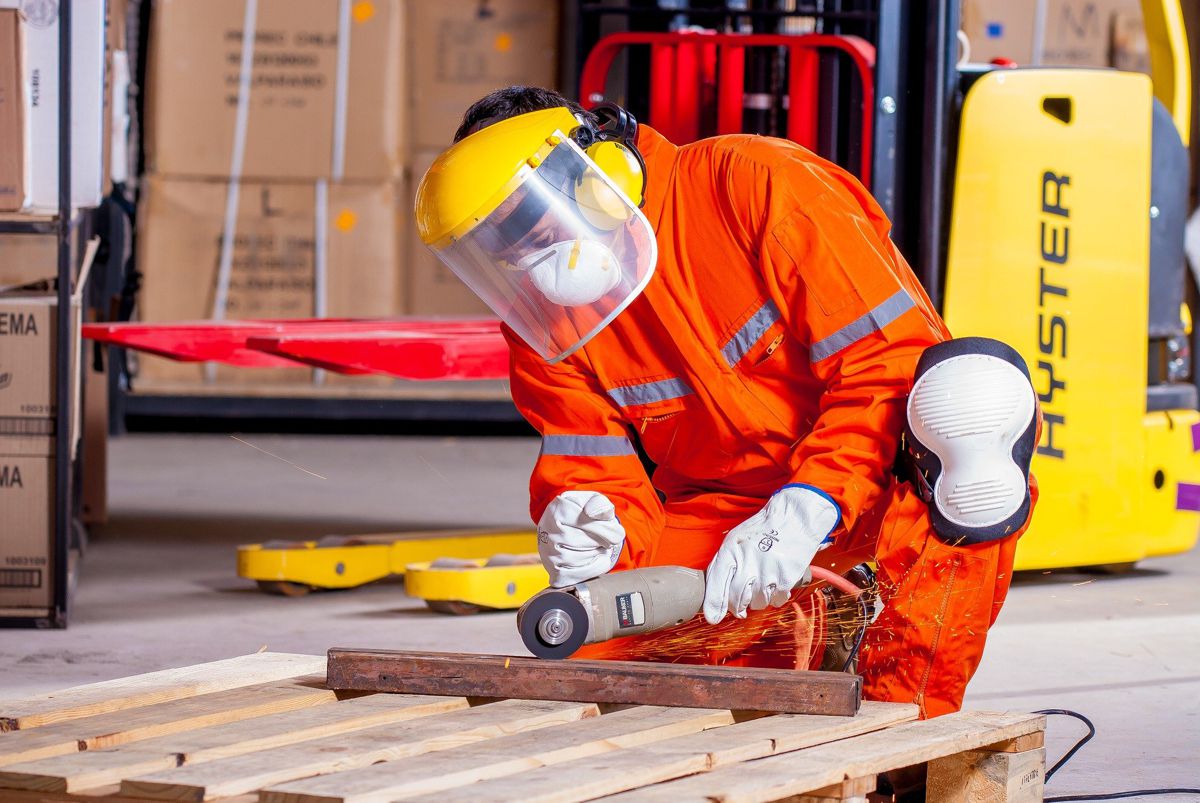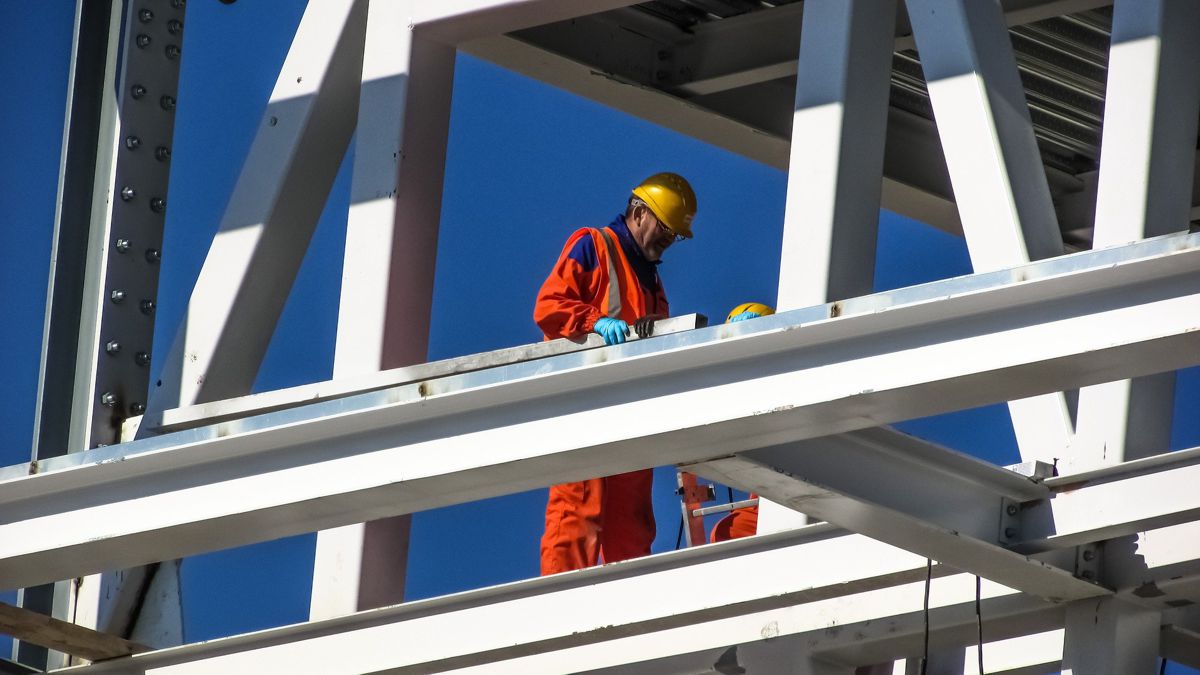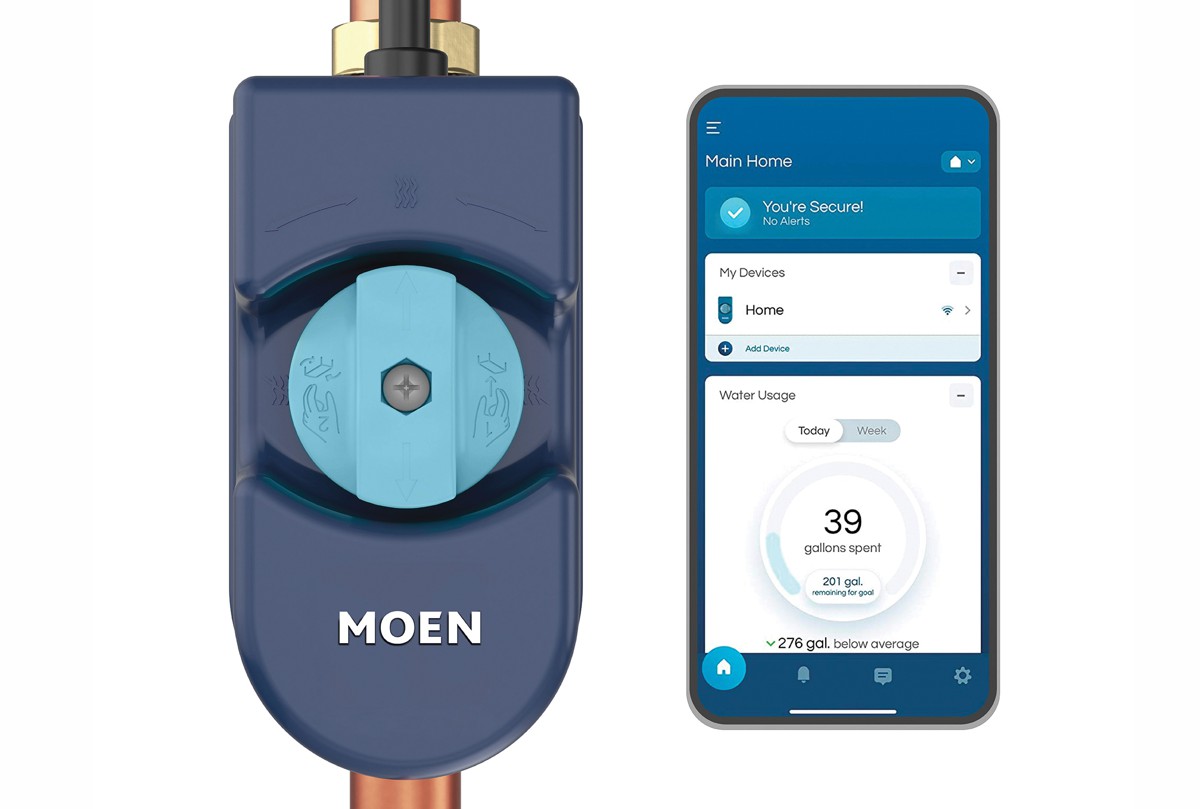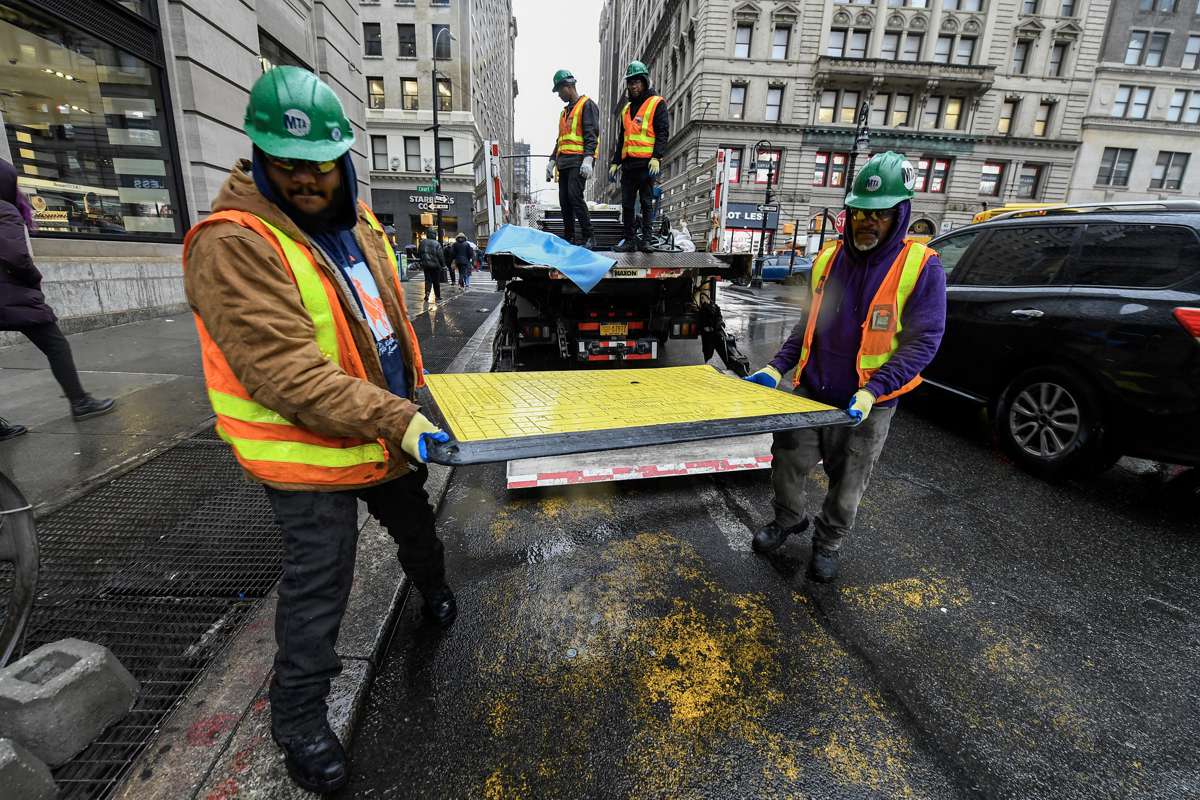Top 4 reasons for Poor Contractor Safety Performance
FEFO Consulting recently joined SAP on their Future of Mining podcast to discuss contractor safety. They also covered this topic in a recent workshop organised by the National Safety Council of Australia (NSCA).

What are the challenges when balancing productivity and external workforce safety?
SAP Fieldglass researched and collaborated with an Oxford Economic study that showed a massive 42 percent spend in the workforce on external labour. Not just in one industry – across them all.
So, Contractor Safety is clearly an industry-wide issue that needed to be addressed.
The Health and Safety Index confirmed this challenge, by providing benchmarked results on safety, engagement, leadership and systems. They collated this from over 200,000 data point responses in asset intensive companies (based primarily in Australia and New Zealand).
Health and Safety Index’ results uncovered that, compared to employees, contract workers:
- Feel pressured to compromise safety to complete a job – 24% worse results with contractors
- Witnessing colleagues compromise safety – all for the sake of shortcuts – 10% worse with contractors.
- Observed workers violate safety rules – 9% worse with contractors.
What is worse, the Australian Council of Superannuation Investors (ACSI) published figures in December 2019 outlining, 70 percent of fatalities in ASX 200 companies were contractors.

This is not good enough. But what can be done?
External workforces often consist of short-term labour that is expected to carry out complex, specialised work at speed as they interact with numerous stakeholders.
In driving a high-performance culture, never put productivity before safety. This leads to a culture of rushing to get the job done, as opposed to looking after your workmates and coming home safely.
As the Principal or Head Contractor, can you treat a small sole trader contractor differently to a large multinational company tendering for a 5-year contract? The short answer? Yes. The laws and punishments for industrial manslaughter are already severe, with fines of millions and an executive liability, criminal records, and potential lengthy imprisonments for legal breaches.
For this, a risk-based approach is needed to managing compliance and create high performing cultures.

Quick tips
- Segment: Take a pragmatic, risk-based approach by segmenting suppliers based on parameters that help differentiate companies based on risk and contractor maturity.
- Risk Treatment: Select, engage, mobilise, manage, and monitor suppliers based on their risk profile that adds value.
- Technology: Apply technology to simplify, gain efficiencies, and improve the user experience.
- Expectations: Enable culture improvements by setting clear expectations that balance safety with production.
- Recognise & Redirect: Recognise positive performance and create a great experience so external workers can easily follow processes and model expected behaviours. Provide coaching and redirection when things are quite right.

Opportunities to innovate
The external workforces provide a lot of areas in which we can find innovation opportunities. All organisations should avoid focusing purely on compliance-based external workers and think about the numerous ways suppliers can add more value.
“If you want a basic focus on compliance, ask contractor pre-qualification questions that are only based on compliance. If you want to create a collaborative culture of innovation, ask pre-qualification questions to challenge and motivate contractors to add value – add health & safety value to both their own and your supply chain.”
Getting insights right from the source is the best way to improve your workplace safety and adapt quicker to fast-moving risks and threats.














